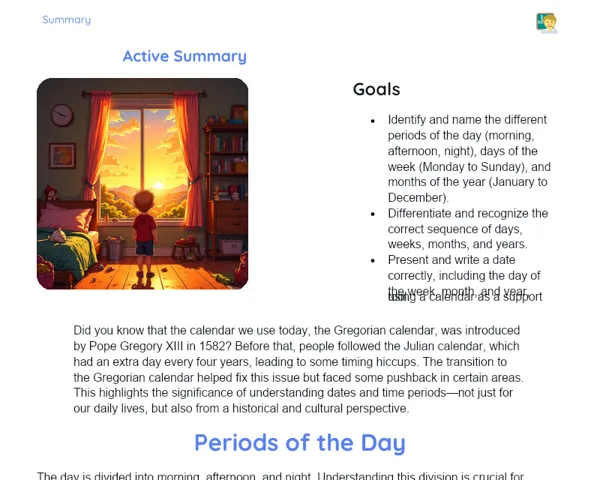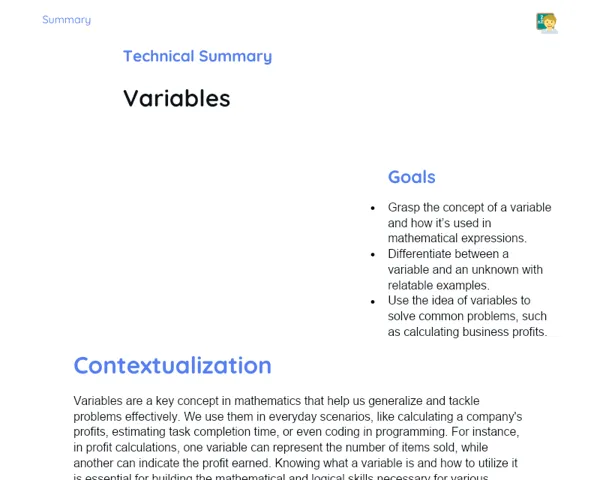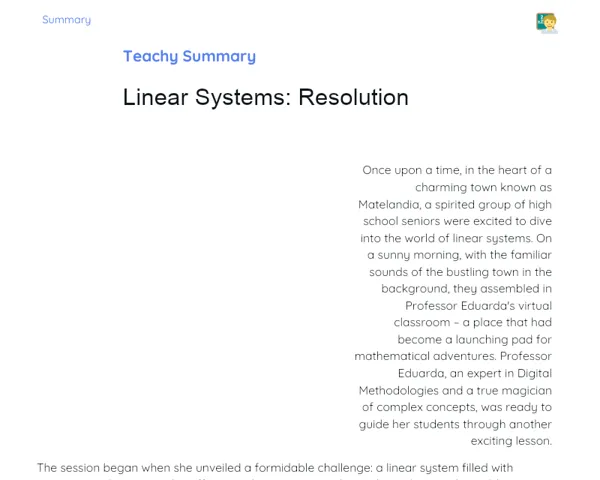Objectives
1. Identify and grasp the concept of cevian lines in triangles, which include altitudes, medians, and angle bisectors, along with their specific characteristics.
2. Explore the notable points of a triangle, such as the orthocenter, incenter, and centroid, and understand their relationship to the cevian lines.
3. Apply the concepts of cevian lines and notable points in real-life problems and everyday scenarios, thus reinforcing your understanding and ability to tackle complex geometric challenges.
Contextualization
Did you know that understanding the mathematics behind triangles and their notable points is key in fields like engineering and architecture? For instance, studying the centroid of a triangle is important for ensuring even weight distribution in intricate structures, helping to maintain the stability of bridges and buildings. Grasping these concepts not only expands your mathematical knowledge but also paves the way for practical applications across diverse areas such as technology and design.
Important Topics
Cevian Lines
Cevian lines are segments that connect a triangle's vertex to a point along the opposite side. Common examples include altitudes, medians, and angle bisectors. Altitudes extend from a vertex and are perpendicular to the opposite side, medians join a vertex to the midpoint of the opposite side, and angle bisectors split the angle into two equal segments.
-
Altitudes assist in determining the height of a triangle and are crucial for area calculations.
-
Medians divide the triangle into two equal areas and play a role in analytical geometry problems.
-
Angle bisectors possess unique attributes, such as intersecting at the incenter, the point where the angle bisectors of a triangle converge.
Notable Points
The notable points of a triangle are where specific characteristics intersect. Notable examples include the orthocenter (the intersection of the triangle's altitudes), the incenter (the centre of the inscribed circle of the triangle), and the centroid (the intersection of the medians).
-
The orthocenter is essential for understanding geometric configurations and point location problems.
-
The incenter is relevant in problems involving inscribed circles and trigonometric properties.
-
The centroid is useful for studying balance and weight distribution in practical applications like civil engineering.
Practical Applications
Understanding cevian lines and notable points extends beyond theory; their practical applications are significant. In engineering, notable points inform force distribution and effective structural design. In architecture, knowledge of altitudes and centroids is crucial for creating stable and visually appealing structures.
-
Engineering: Managing force distribution in structures and calculating stability.
-
Architecture: Building design and ensuring structural stability.
-
Technology: Implementing these concepts in software design and 3D modeling of complex objects.
Key Terms
-
Cevian Lines: Line segments that connect a vertex of a triangle to a point on the opposite side.
-
Altitude: A cevian line that runs perpendicular to the opposite side, aiding in area calculations.
-
Median: A cevian line that connects a vertex to the midpoint of the opposite side, slicing the triangle into two equal areas.
-
Angle Bisector: A cevian line that partitions an angle into two equal parts and goes through the incenter of the triangle.
-
Orthocenter: The intersection point of a triangle's altitudes, vital for geometric configurations.
-
Incenter: The centre of the inscribed circle in the triangle, frequently used in problems concerning inscribed circles.
-
Centroid: The meeting point of a triangle's medians, significant for balance and weight distribution problems.
For Reflection
-
How can a better understanding of cevian lines and notable points influence the design of safer and more efficient structures?
-
In what ways can the study of triangles and their properties be applied outside of mathematics and engineering?
-
Why is understanding triangle geometry important for solving everyday practical issues?
Important Conclusions
-
Today we delved into the intriguing aspects of triangles, revealing the roles of cevian lines (altitude, median, and angle bisector) and notable points (orthocenter, incenter, and centroid).
-
We gained insights into how these concepts are not merely theoretical; they have crucial applications in engineering, architecture, and design, impacting aspects from force distribution to the balancing act of complex structures.
-
Being able to apply this knowledge in practical scenarios boosts our capacity to resolve real-world challenges and equips us for future demands in various professions.
To Exercise Knowledge
- Create a 3D model of a triangle, identifying all the cevian lines and notable points. Employ modelling software or even recyclable materials for your construction. 2. Draw a triangle on paper and, using a ruler and protractor, calculate the altitudes, medians, and angle bisectors. 3. Envision a real-life problem that could benefit from understanding cevian lines and notable points, perhaps designing a playground. Sketch your design, explaining how these concepts apply.
Challenge
Junior Engineer Challenge: Design a small triangular playground that optimizes space while ensuring children's safety. Use cevian lines to evenly distribute weight and talk about how notable points enhance your design. Present your project creatively with drawings and calculations.
Study Tips
-
Utilise visual resources, such as videos and simulations, to witness cevian lines and notable points in action, facilitating better understanding and retention of the concepts.
-
Practice drawing various types of triangles and pinpointing their cevian lines and notable points, both manually and with geometric drawing software.
-
Discuss how cevian lines and notable points can be applied in real-life scenarios with your peers, which can help in seeing mathematics as a useful tool rather than just a series of formulas.



